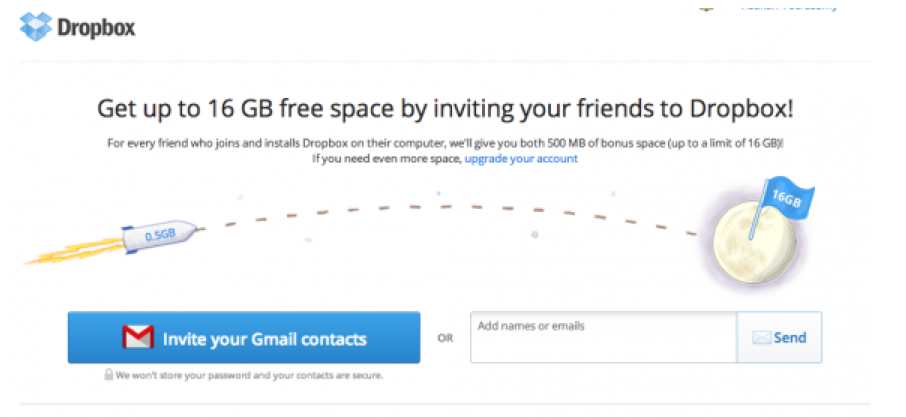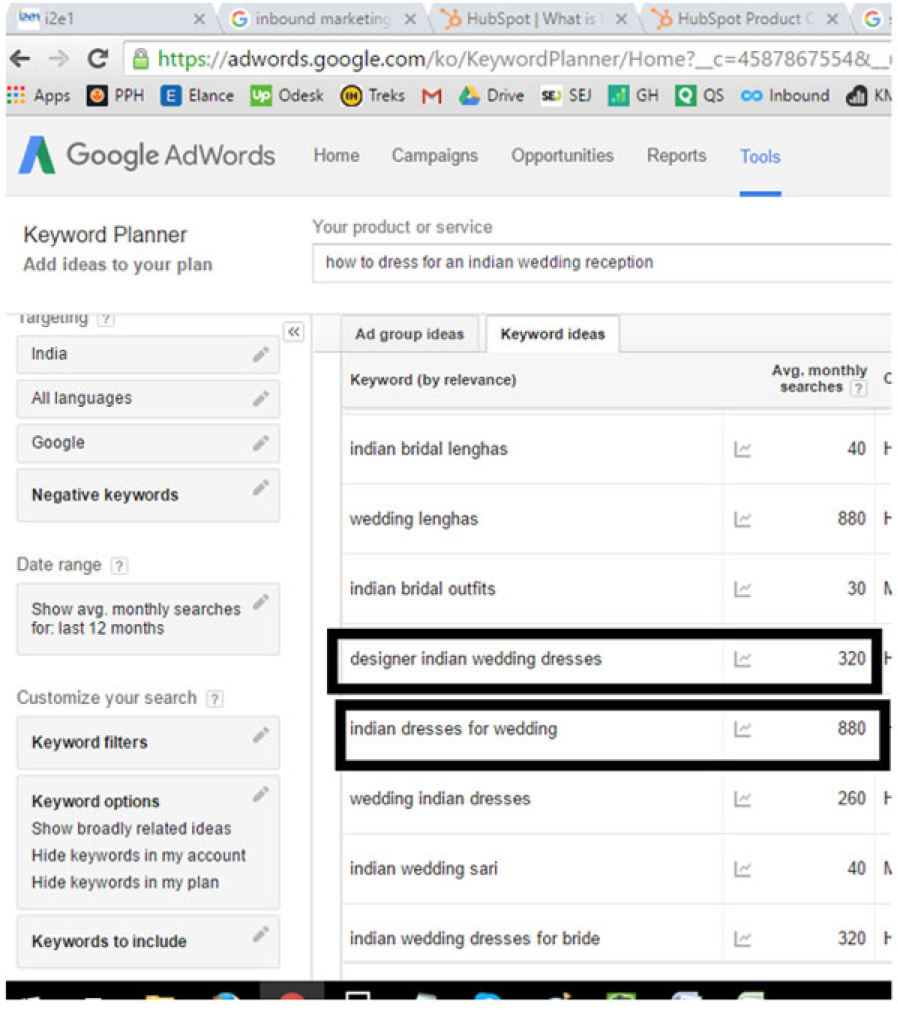
Get your FREE 30-day trial.
Please complete all fields.
Digital marketing continues to evolve at breakneck speed. The pace of change shows no sign of slowing - making it challenging for companies of all sizes to stay abreast. This is especially true for small and mid-size businesses (SMBs) which simply cannot afford costly mistakes or missteps.
For many SMBs - especially those that are B2C - deciding which digital channels to use can seem overwhelming. Email, mobile, social, digital ads, the web...usually, the answer isn't selecting the 'right one' but rather the 'right combination'. While there are many options for acquiring, engaging and retaining customers, let's check out a few digital marketing tactics that are often overlooked, relatively easy to implement, and highly effective.
You worked hard to attract the attention of a customer, but lost their interest at a critical stage. Perhaps they signed up for a mailing list but never read the emails, or spent several minutes browsing specific products then left - or worse, dropped their cart. Digital ads are the perfect opportunity to regain their interest.
Remarketing requires understanding who your customers are and why they lost interest. Once you know the blockage area, you can change your marketing message to target those lost users and re-activate them to make a purchase.
How to do ad targeting the right way?
The value of referrals is undeniable. According to Nielsen research, people are four times more likely to buy when referred by a friend, and 92% of respondents trust referrals from people they know.
While the company has long-since grown from an SMB, it's a tactic that certainly paid huge dividends for Dropbox. Early on, the company added a referral option in the signup form which helped them grow their user base from 100,000 to 4,000,000 users in just 15 months. Earlier, they were spending $250+ to acquire customers for a $99 product.

How to grow customer referrals?
At first, search engine optimization (SEO) can seem complex. While there are many nuances to an effective SEO strategy, it really boils down to understanding how customers search for the content you're interested in sharing. With tools like Google Keyword Planner, you can research which keywords are searched most often and identify those with the least competition.
How to leverage the power of SEO?
Let's consider an example of an Indian ethnic wear brand that sells clothing online.

For more SEO inspiration, check out this case study about a pest control company which experienced phenomenal results.
Customers use social media to share valuable insights regarding their positive and negative experiences. Social listening is the key to keeping the pulse on the voice of the customer. You'll discover what consumers are saying about your brand, your products/services, and your competitors. You can understand which topics are generating buzz-both positive and negative-and where the most influential conversations are happening.
Of course, the key to social engagement is great content. Your social media content plan should include plenty of original utility content to serve your social communities' needs. Creating a social media editorial calendar can help keep a consistent content stream-much can be planned in advance.
How to drive SMB results with social?
Imagine the ability to deliver the exact content your customers are most interested in and at just the right moment. With Personalization Builder and predictive intelligence powered by Einstein, you can.
Predictive intelligence is a method of delivering experiences unique to each individual. It enables marketers to observe customer behavior, and with every action taken, build a profile of customer preferences. That information is then used to deliver content specific to each customer in real time-across any web-based channel like the web, email, mobile or even a call center.
Sounds like personalization, right? It is, only better. That's because predictive intelligence uses algorithms to deliver content based on estimates of what the customer wants or needs. It actually anticipates the intent of the customer-then provides a unique recommendation based on what has been observed.
Best of all, Predictive Intelligence is proven to drive key business results. Benchmark surveys show it lifts website revenue by 10 percent, email click through rates by 35 percent, and email conversion rates by 25 percent.
How to deliver predictive intelligence?
Interested in more tips and tricks for SMB marketing? Check out this survey of nearly 4,000 marketers for insightful customer journey trends.
Shivankit helps companies with growth marketing. He runs a growth hacking agency , MarketingMasala.com, in India. Outside of work, you can find him making plans for his next trek. You can reach out to him on twitter @marketingmasala for a quick chat.